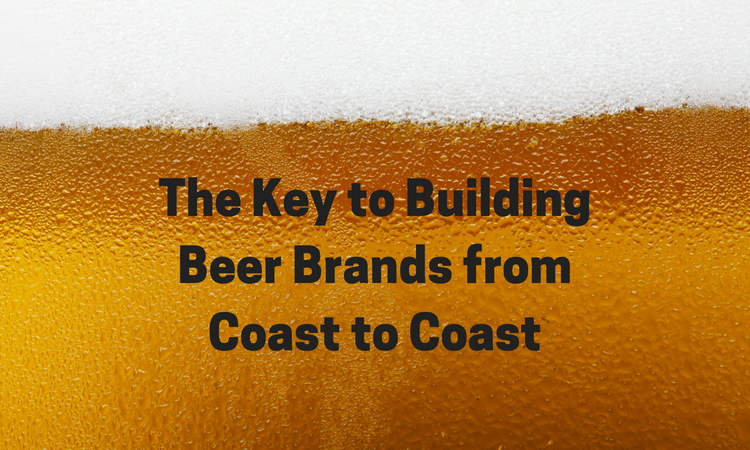By: Craig Purser, National Beer Wholesalers Association President and CEO
In the beer industry, there’s great excitement about the rampant growth in the number of breweries across the country. More than 4,000 are now in operation. Nearly two more are opening every day. This growth is providing consumers with unprecedented choice and countless brands to sample. And that’s fueling more competition than the industry has ever seen.
With a steady stream of new breweries popping up, every brand is trying to develop its own niche and create its own loyal consumer base. And many brewers will tell you, the road to establishing a brand is through independent distributors and on-premise retailers – such as bars and taverns.
First, independent distributors provide brewers with the logistics to get their heavy, perishable product to retailers across the county, the state or the country. They also provide a localized sales force, local marketing assistance and the ability to train new retailers on the unique attributes of the beer.
Second, on-premise retailers are where consumers may try a beer they’ve never had and, if they like it, they may head to an off-premise retailer – such as a liquor or package store – to pick up a six-pack of their new found favorite. And independent retailers are generally the most willing to add a new, potentially unproven brand to their beer menu. Like independent distributors, independent retailers become directly invested in seeing every brand they carry succeed, and they have no incentive or motivation to push one brand over another. Independent retailers also provide as level a playing field as possible for brewers, meaning brands are going to succeed or fail based on consumer demand and not as a result of outside influences.
Unfortunately, recent trends have shown a steady decline in the number of establishments across the country that identify as independent bars and taverns. This decline has been offset almost completely by an increase in the number of retail establishments tied to one particular brewery (“tied houses”). While brewpubs and retail taprooms allow individual breweries the chance to develop their particular brands, the rise in tied houses means there are fewer opportunities for growing local, regional and imported beer brands to get in front of new consumers in new markets.
The robust competition for independent retail tap handles and shelf space, coupled with the declining number of truly independent outlets, has started to adversely impact the industry. In Colorado, one of the most mature craft beer states in the country, several established breweries recently decided to withdraw from distribution all together and instead focus solely on their tied-retail establishments. This could have the effect of turning back the clock when it comes to getting new brands established as these brewer-owned retailers seek advantages in the marketplace. Additionally, the world’s largest beer manufacturers, as well as large craft brewers, are buying small breweries – many of which own and operate brewpubs and taprooms and many have plans for expansion of these tied houses. While brewpubs and taprooms started as a small exemption to the system, the tied house trend is a growing concern for independent retailers as well as for small brewers and importers who rely on independent retailers to introduce consumers to their brands.
Thanks to a network of independent distributors and retailers, brands that began as experiments in garages or family kitchens 20 years ago are today nationally recognized labels that can be enjoyed in all 50 states. The key to ensuring that brands being created today enjoy the same opportunity for growth as those predecessor brands is to expand – not curtail – independent distribution and retail tiers that are not influenced or controlled by other tiers of the industry.
America’s independent beer retailers are well served to support public policies that seek to provide balance to the competitive American beer industry. Independent retailers and distributors should continue to identify ways to work together and with others in the industry to advance an agenda that continues to allow all brewers to grow and succeed.


Comments (0)